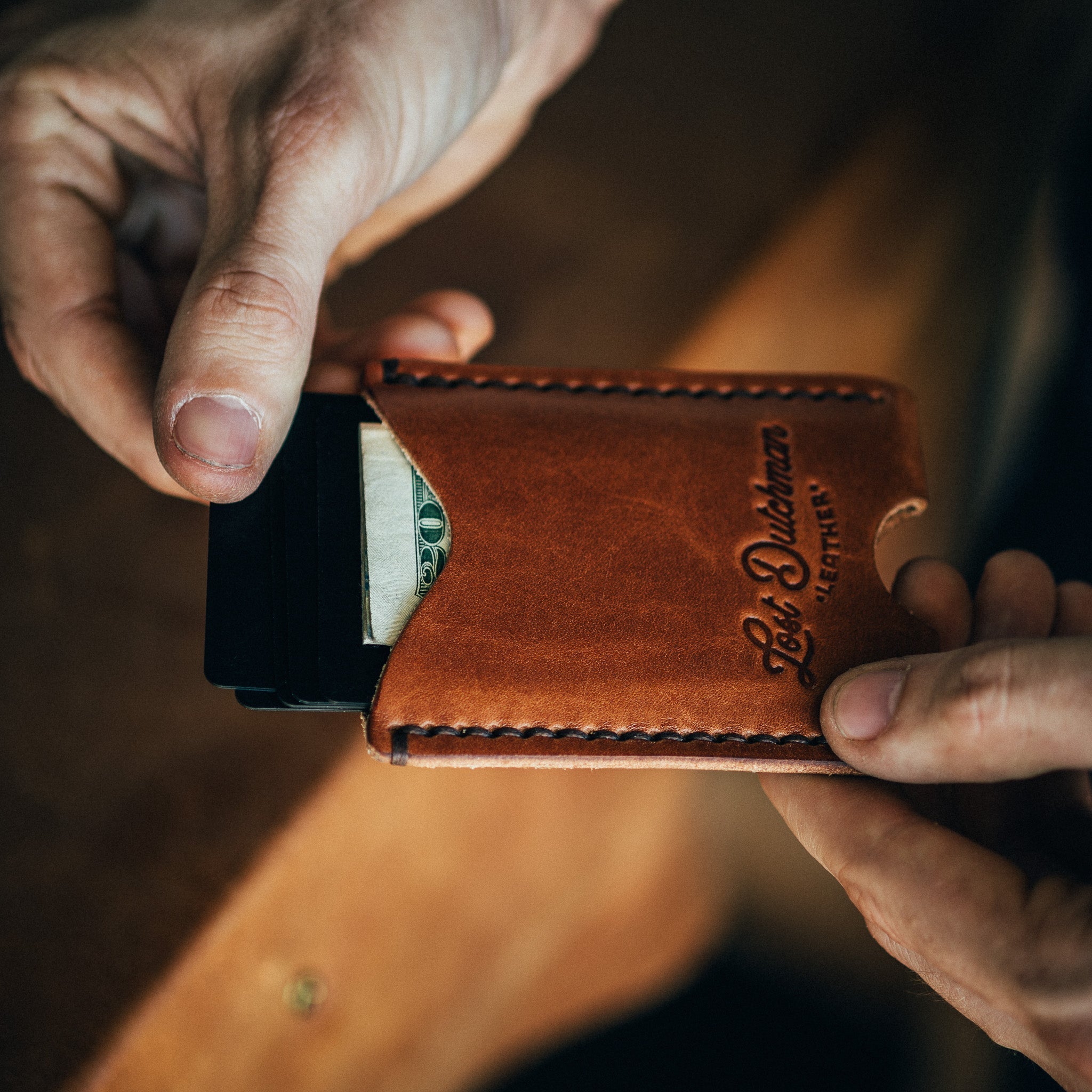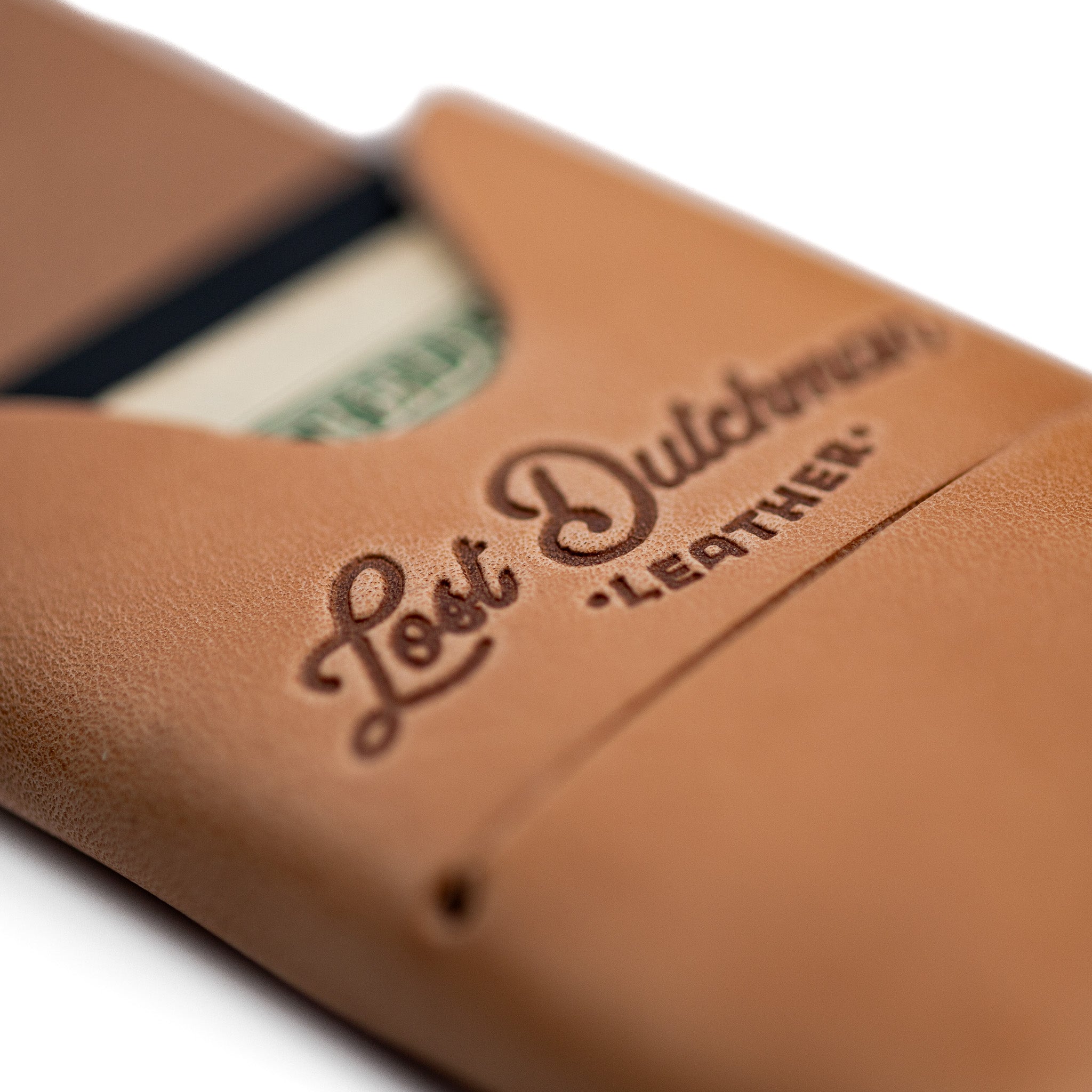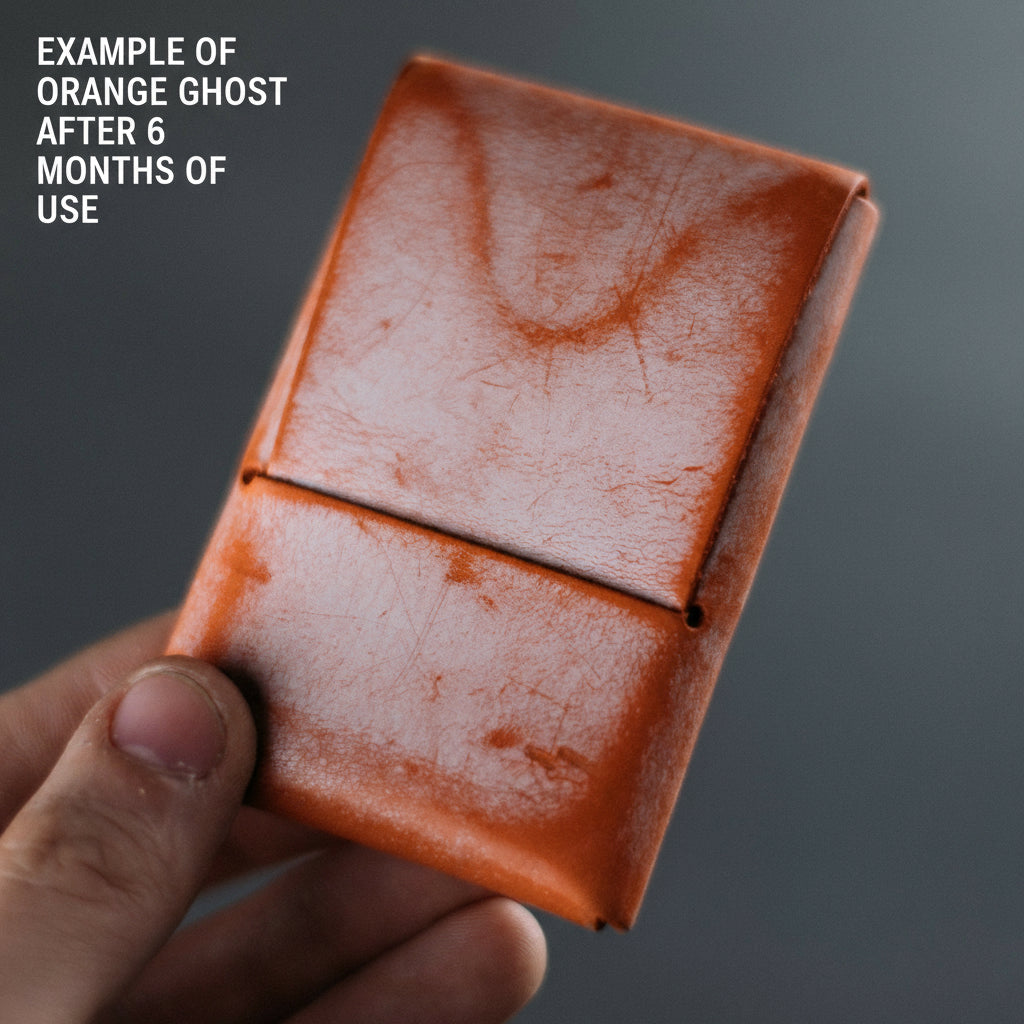
Restoring Old Leather Goods
There is something advantageous about taking an old, weathered piece of leather and breathing life back into it. Cracks soften, faded colors return, and suddenly the item no longer looks forgotten but renewed. More than maintenance, restoring vintage leather is an act of stewardship, preserving craftsmanship, memory, and material that was built to endure.
Leather is not disposable. It’s meant to serve for decades, sometimes for generations. With patience, knowledge, and the right tools, a dry satchel, a scratched wallet, or a faded belt can be transformed from tired to timeless.
Why Restoring Vintage Leather Matters
Vintage leather carries a presence that new goods cannot replicate. Each crease is a record of use, each scratch a mark of history. Restoration doesn’t erase these signs; it elevates them, turning wear into character.
-
Sustainability: Every restored item is one fewer product sent to a landfill. Extending leather’s life supports a culture of longevity over waste.
-
Unique character: Unlike mass-produced items, vintage leather develops a patina impossible to manufacture.
-
Cost-effectiveness: Restoring often costs far less than replacing with comparable quality.
-
Emotional value: For heirlooms, restoration preserves not just material but memory.
One craftsman recalls a leather satchel passed down from his grandfather. The bag was brittle and pale from years in storage, but after careful cleaning and conditioning, the leather darkened, softened, and carried its weight again. It was no longer simply a bag; it was a tangible link to family history.
Assessing the Condition of Old Leather
Before diving into repair, evaluate what the piece needs. Restoration is not a one-size-fits-all process.
-
Dryness: If leather feels stiff or crackles when flexed, it is starved of oils.
-
Stains: Water, ink, and grease often linger as dark spots.
-
Cracks or tears: These require targeted repair; surface-level cracks can be treated, deep ones may need professional help.
-
Mold or mildew: Signs of poor storage, often appearing as white or green dust.
A careful assessment prevents mistakes and ensures the right treatment for each issue.
Tools and Supplies for Leather Restoration
Restoration succeeds or fails with preparation. A proper toolkit ensures safe, effective results:
-
Leather cleaner (pH-balanced): Gentle removal of dirt without stripping oils.
-
Leather conditioner: The foundation of conditioning old leather, restoring suppleness.
-
Soft cloths (microfiber): For cleaning, applying, and buffing.
-
Soft-bristle brush: Lifts dust from seams and textured areas.
-
Saddle soap: Traditional but strong; use sparingly.
-
Optional: leather balm, dye, glue, and needles for advanced repair.
Each tool mirrors the care of a craftsman’s workshop: simple, intentional, and built for longevity.
Step-by-Step: Restoring Vintage Leather
Restoration unfolds in stages. Skipping steps risks damage, so follow the process methodically.
Step 1: Initial Cleaning
-
Brush away dust from seams and creases.
-
Apply leather cleaner to a cloth, not directly on leather.
-
Wipe in circular motions, avoiding saturation.
-
Finish with a damp cloth to remove residue.
-
Air dry naturally, away from heat or sunlight.
Step 2: Conditioning Old Leather
This step transforms the surface. Without oils, leather cannot bend without cracking.
-
Apply a thin layer of conditioner using a cloth.
-
Massage into the surface in small, circular motions.
-
Allow at least 30 minutes for absorption.
-
Buff with a clean cloth for the sheen.
If leather is extremely dry, multiple rounds of conditioning may be needed. Over time, softness returns.
Step 3: Repairing Minor Damage
-
Scratches: Apply balm or cream, blending into the grain.
-
Loose stitching: Use a leather needle and waxed thread to re-stitch along the original holes.
-
Water stains: Lightly dampen the entire area, condition evenly.
-
Ink stains: Dab with rubbing alcohol on a cotton swab, working inward.
-
Grease stains: Apply cornstarch overnight, brush away residue.
Always test treatments on hidden areas first.
Step 4: Protect and Store
-
Apply protective spray to guard against water and stains.
-
Store in cool, dry places, inside breathable cotton bags.
-
Avoid sealed plastic, which traps moisture and encourages mold.
Advanced Restoration Techniques
Sometimes restoration requires more than conditioning:
-
Dyeing: Restores faded color or evens out stains. Apply sparingly and evenly, always finishing with conditioner.
-
Stitch repair: Rebuild seams on wallets or belts using saddle stitch, a durable method that outlasts machine stitching.
-
Structural repair: For deep cracks or torn edges, professionals may need to reinforce leather with patches or rework the construction.
While DIY covers most needs, advanced restoration may justify seeking professional expertise, especially for heirlooms.
Long-Term Care After Restoration
Restoration is not a one-time event. Leather thrives under routine care.
-
Clean regularly: Light wipe-down every week to prevent buildup.
-
Condition seasonally: Adjust frequency depending on climate, more in dry winters, less in humid summers.
-
Store mindfully: Use cotton bags, avoid damp spaces.
-
Rotate use: Alternate between wallets or belts to reduce stress on a single item.
This ongoing relationship ensures the restoration lasts for years.
Everyday Items Worth Restoring
Not every piece demands restoration, but for leather goods built with quality, the process is always worthwhile:
-
Wallets: Items like The Dutchman or The Franklin can serve decades with occasional restoration.
-
Belts: A classic like The Belt benefits from conditioning after years of daily wear.
-
Accessories: Smaller items such as The AirTag Keyring or The Catch-All age well with cleaning and light conditioning.
-
Home goods: Limited Leather Coasters restore beautifully with gentle cleaning and conditioning.
Each item, no matter how small, carries the potential for renewal.
A Story of Restoration and Heritage
A craftsman once shared the tale of a family restoring a leather trunk from the early 1900s. Cracked and covered in dust, it looked beyond saving. With weeks of cleaning, conditioning, and careful repairs, the trunk regained its strength and became the centerpiece of their living room. Its scars remained, but now as proud markers of history.
This is the essence of restoring vintage leather, not to erase time but to honor it. Restoration brings back usability while preserving the story embedded in the fibers.
When to Seek Professional Help
Not every restoration belongs in the home workshop. Consider professional assistance when:
-
Cracks cut deeply into the hide.
-
Mold has spread extensively.
-
Stitching or structure requires major reconstruction.
-
The item holds significant financial or emotional value.
A professional restorer combines experience with specialized tools, ensuring the piece remains intact. For heirlooms or unique designs, this investment is often worthwhile.
Final Word: The Art of Renewal
Leather restoration is more than repair. It is a philosophy of respect for materials built to last, a celebration of sustainability, and an embrace of craftsmanship. Through conditioning old leather, cleaning, and mindful care, any item can be renewed for decades more of service.
At Lost Dutchman Leather, every product is designed with this philosophy in mind. From rugged belts to minimalist wallets, these goods are built not just for use but for restoration. With proper care, they don’t simply last; they become part of a legacy.


